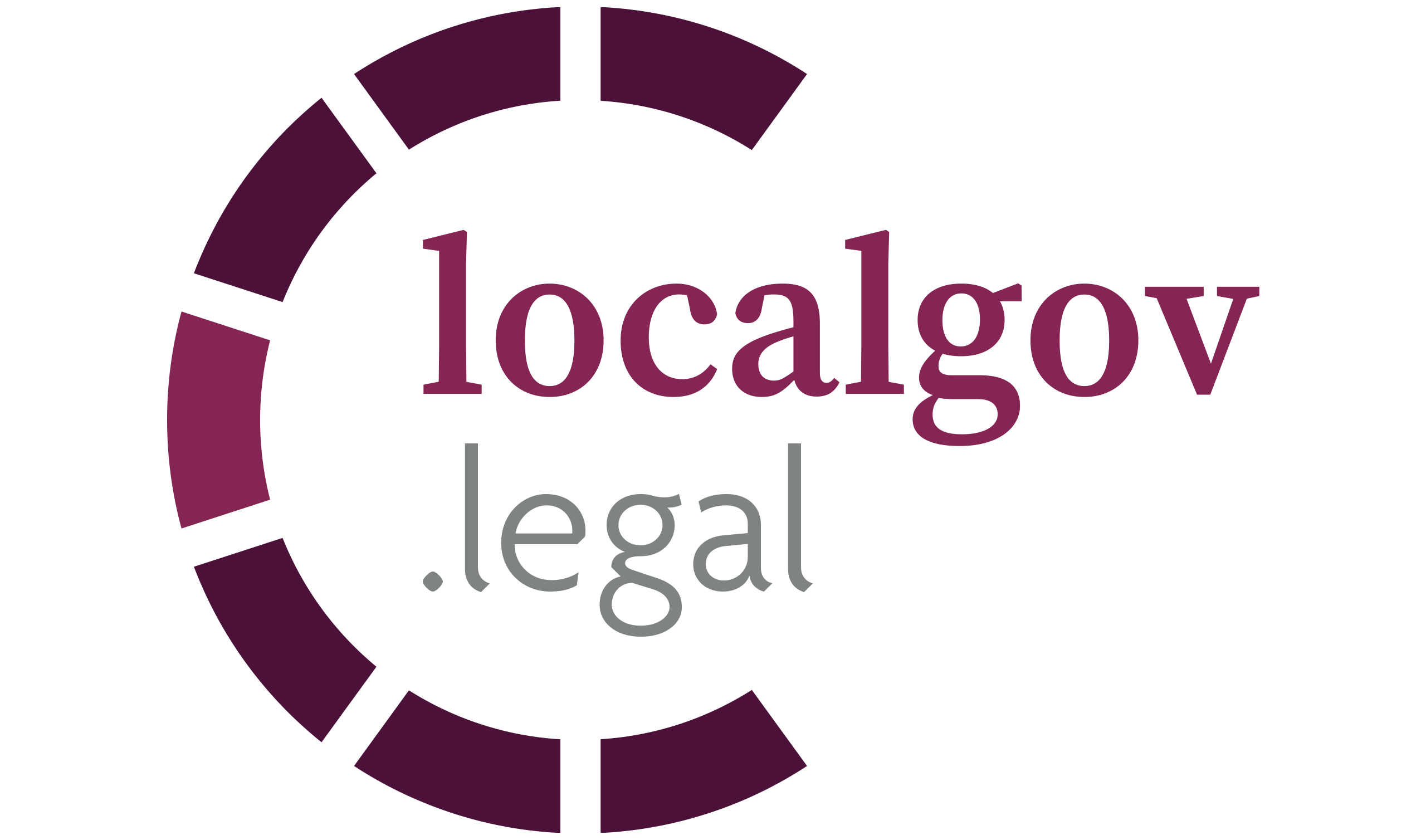Local authorities must grasp a better approach on digitising social care services to drive better patient and staff experiences, says Jonathan Bradley, head of business practice at Granicus UK.
Like most things in the social care sector, plans to reform adult social care in England – which were originally announced by the government in 2021 – have been forgotten about.
However, earlier this year a whitepaper was released which sparked a significant amount of hope. Within the document £2.1bn has been earmarked to improve and support adult social care over the next two years.
As plans have now been put on paper, one particular method of improving the sector has come in the form of upgrading and increasing a number of technologies which help to deliver clearer guidance on accessing funding and support for people who need long-term care once they have been discharged from hospital.
The use of technology in social care has shot forward ever since the Covid-19 pandemic and the cost-of-living applied severe pressures onto the sector – the introduction of Integrated Care Boards (ICB) and Integrated Care Services (ICS) have been the latest proposals to help rectify social care. However, the services currently work in siloes and do not have the quality digital outreach, nor understanding of the full customer journey to support people in need which would not help demonstrate progress. Structural change is required to reverse the damage created within the last four years.
Why digital reform is needed now
The Care Quality Commission (CQC) assessment of local authority and social care responsibilities began in April this year, and part of this plan set out key priorities for these examinations. This approach will enhance transparency and local accountability, enabling a more comprehensive picture of the quality of care and support in local areas. Although, one area that will be scrutinised without fail is digital readiness.
Against this backdrop, the whitepaper encourages an effort by councils to support care providers in boosting their digital abilities – including skills building, connectivity and cyber security. The social care workforce will build the confidence, skills, support, and infrastructure to effectively use technology to provide high quality care.
But as positive as these new guidelines sound, there is a big issue at play. Many councils simply do not have the digital infrastructure to act on them. Current processes for applying for funding, securing referrals, or finding out information on services are outdated, disjointed, and use a mixture of technologies that fail to work together effectively.
These warning signs show if local authorities are to deliver this vision and improve social care services in the UK, they will need to allocate funding to strengthen their digital offering and upskill their employees.
Transparent funding allocation and ‘self-service’
Digitising local government services will introduce one centralised access point between those in need of social care support and their council. Modernising the customer experience and streamlining the information into one place is an effective way to improve such processes. An online self-service platform, such as Granicus’ govService, can enable councils to simplify processes by being online and automatic in front and back office, ensuring the citizen experience is a seamless one.
This type of end-to-end platform will mean councils can reply on one centralised system where both service users and employees can create and access up-to-date digital referral forms online, allow them access to services 24/7 and ensure employees quickly and easily keep information up to date, saving them hours of admin time.
Service users can also be reassured by status updates for their applications or queries and know what the next steps are for their personal social care plan, encouraging a culture of trust with their local authority.
Bridging the data gap
One of the priorities the white paper set out for local authorities was the importance of streamlining their digital offering to improve data collection. The CQC will also consider this metric as part of its new assessment of the performance of ICSs, and of councils in carrying out their adult social care duties.
Improving access and producing better insights from this data will mean, from next year, everyone will benefit from local authorities, care providers, and central government having a more joined-up view of all key data relating to adult social care.
Having a centralised self-service platform will allow local authorities to establish new data collections and bridge data gaps. This will result in clearer information being provided about the experiences of people drawing on care and support, our social care workforce, and unpaid carers, so support can be effectively targeted.
A stitch in time
As always, technology on its own is not enough. Digitising services also involves business improvement and redesigning services around the needs of people, their carers, and employees. To realise the full benefits required in social care will also mean applying human centred design thinking, with investment in understanding the needs of service users and other stakeholders, weaknesses in current processes and opportunities for improvement being used to inform the future state.
Following this, future state services need to be built with service users, carers, employees and other stakeholders involved in the design process, including prototyping and user testing. Without this, the lifting and shifting of services will not solve systemic and endemic problems of poor experiences and failure demand in social care.
With the well-considered approach, you can take great strides towards improving the lives of the individuals in your care and support the joined-up approach that will ensure the success of integrated working across the NHS and councils.
Images: Antenna and Glenn Carstens-Peters
More features:
AI won’t solve the UK’s social care issues…but it can reduce the burden on time-poor staff
















Leave a Reply